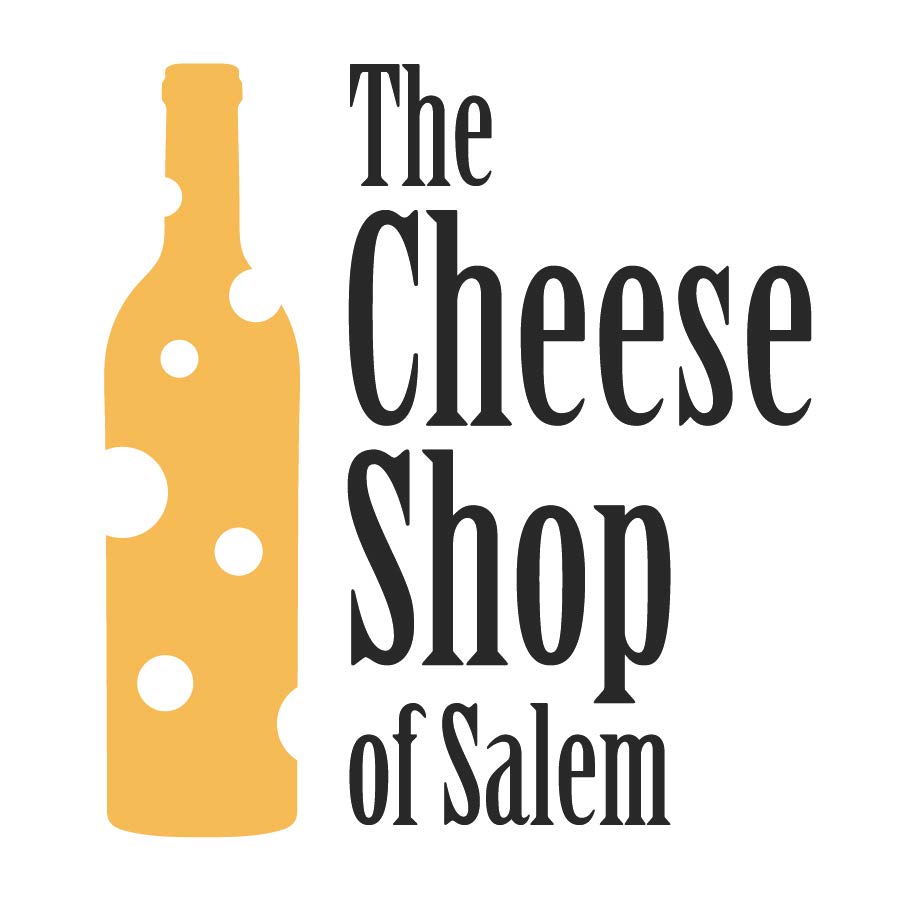August Goes to California
“Wait, are those …? -”
”Oh yeah, the Fellowship has camels,” said Frenchtown Farms owner Cara Mockrish as we rode our bougie golf cart past a caravan of camels. Cara made u-turn so I could get a better photo and admitted that she forgets what it’s like for people to see Renaissance Vineyards for the first time. Camels, statues of Apollo, and gorgeous mountain views are everyday sights at Frenchtown Farms where she and her husband Aaron Mockrish lease vineyards..
Camels were not something I was expecting to see when my partner, Eric, and I made plans to visit wineries in northern California this June. For someone accustomed to the East Coast, where five hours of driving can take you through four states and even to Canada, California seemed endless. Luckily I had Eric as my designated driver, and he didn’t protest even when I would describe a winery an hour away as “nearby.
California wine was propelled into the limelight as fast as an asteroid when some of its wines trounced esteemed French wines in the famous 1976 blind tasting, The Judgement of Paris. Since then, the California wine industry has boomed - the state produces 81% of all U.S. wine, and is the world’s 4th leading producer behind France, Italy, and Spain. It is known for its big wineries and its loud, fruity wines. And yet, on my trip to the Golden State, I was delighted to discover that it is also home to some of the most eclectic winemakers creating the most varied and intriguing wines.
In all of my conversations with winemakers, one common thread stands out: climate change. As we all know, California has been dealt some environmental calamities over the last few years; drought, excessive heat, and wildfires have had deadly and disastrous consequences for everyone in their path. Sadly, the producers I visited share a grim outlook: it’s not a matter of whether their vineyards will burn, but when.
Meghan Bell, owner of Margins Wine
Megan Bell, owner of Margins Wine outside of Santa Cruz, told me about her experience being evacuated due to wildfires right at the start of harvest season last year. She described waking in the night on her friend’s couch to the news that flames were nearing a vineyard of her Sangiovese grapes. To save them, Meghan drove to the blocked-off neighborhood, evaded law enforcement, and risked her life to pick her grapes before the fire destroyed them. While this sounds like an extreme example, it’s actually quite common; winemakers in California are regularly grappling with the reality that their homes, their vines, and their livelihoods will go up in smoke. Taking risks to protect their vineyards is becoming more and more normal.
But even when winemakers aren’t risking their lives to save their grapes, they are still dealing with wildfire-induced curveballs. ‘Smoke taint,’ for example, has become a regular issue. Smoke taint refers to the undesirable sensory characteristics that occur in wine made from grapes that have had high levels of smoke exposure. Adding insult to injury, the burnt, ashy, smoky flavors that signal smoke taint remain undetectable until the grape juice has fully fermented into wine. In other words, a winemaker has no way of knowing whether their grapes are damaged until the winemaking process is complete. As luck would have it, the grapes that Megan Bell saved in the night turned out to be tainted. We tasted it together, and while I detected some vague plummy notes, the wine was ultimately quite muted except for its barbeque-sauce aroma.
Cara and Aaron at Frenchtown Farms
The rising temperatures and ongoing draughts are equally problematic for winemakers. At Clos Saron, winemaker Gideon Beinstock said that twenty years ago his vineyards in the Sierra Foothills were the perfect environment for Pinot Noir. But with temperatures constantly rising, it was no longer suitable for this fragile grape. Now, some of his Pinot Noir grapes are sunburnt by late June - something that didn’t used to occur until late August! At Frenchtown Farms, I observed Cara and Aaron in a meeting about water allocation throughout the county. Visibly worried, they explained that farmers are generally not high on the priority list for receiving water.
Amid lower yields, damaged grapes, and environmental threats due to climate change, nearly every winemaker I spoke with produced less wine last year than in the years prior. And it really reinforced for me how crucial it is that we support California winemakers.
Each winery and tasting room has its own personality. If you’re looking for a wedding venue go to Scribe in Sonoma where they have spellbinding takes on California classics on a gorgeous lawn surrounded by palm trees. For hipsters who are looking for their home away from home visit Donkey & Goat in Berkeley. Biodynamic winemakers Jared and Tracy Brandt are inspired by Old World wine culture, particularly France and Italy, and make their own interpretation on traditions like ramato.
The other wineries I visited: Frenchtown Farms, Clos Saron, and Margins Wine don’t have tasting rooms but they do welcome visitors! Cara and Aaron Mockrish of Frenchtown make natural wines like Syrah and Sauvignon Blanc that are sultry and quite aromatic. Gideon Beinstock of Clos Saron makes natural wines to age; he recommends even aging his rosé for a decade!
If you want to explore the classic side of California wines, try Ridge; their 1971 Ridge Monte Bello Cabernet Sauvignon was one of the wines submitted in the competition The Judgement of Paris back in 1976. At the time, the Monte Bello was ranked #5 for reds, but in 2006, when the competition was re-enacted to see how well these same vintages aged, the 1971 Ridge Monte Bello Cabernet Sauvignon took 1st place!








